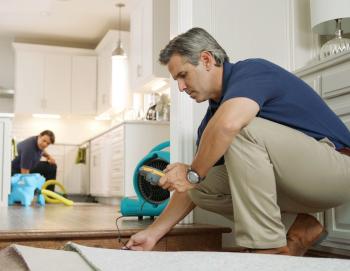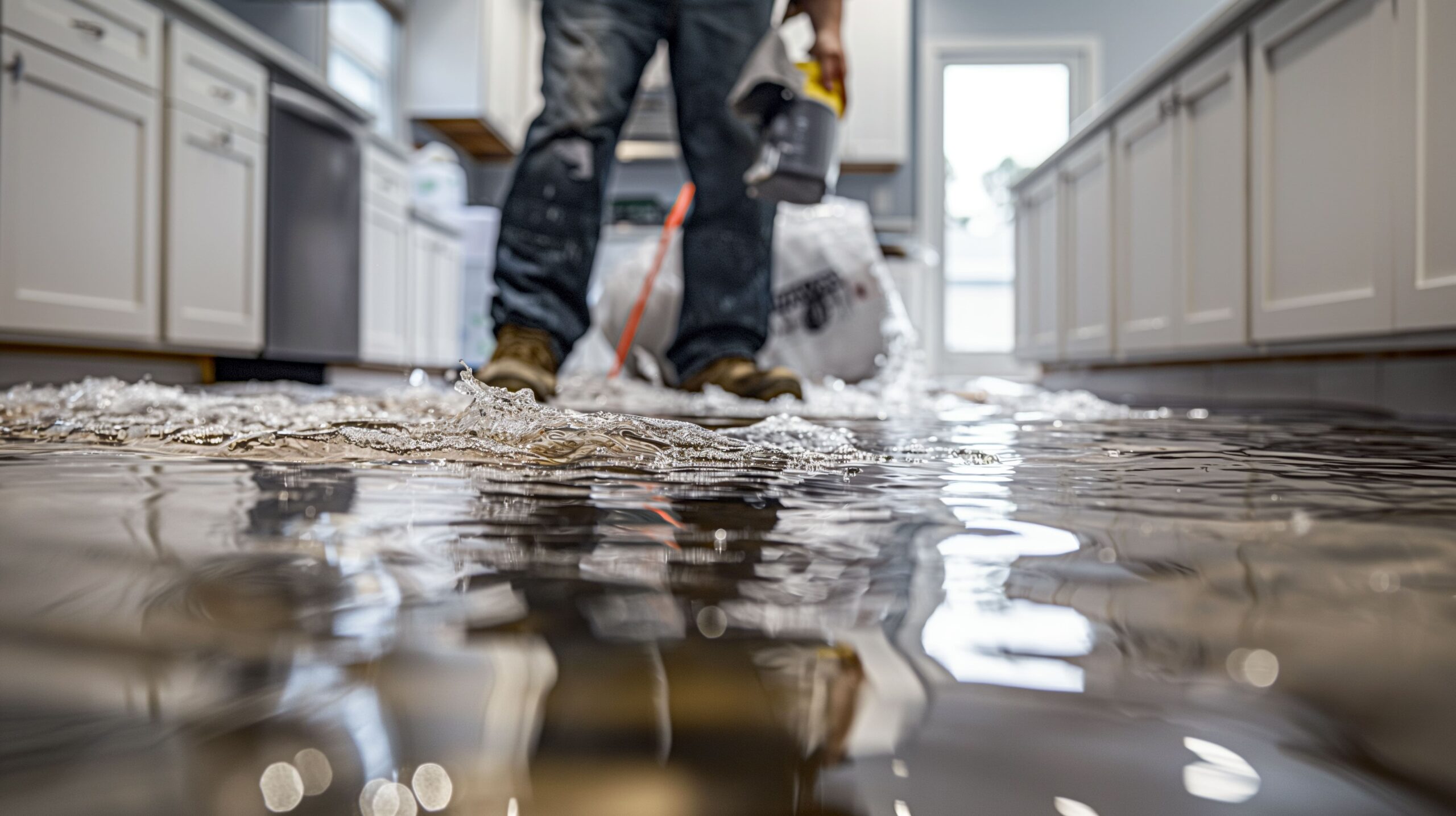Water Damage Restoration 101: Comprehending the Process and Price
Water damage can strike suddenly, leaving house owners in a state of confusion. Understanding the restoration process is essential for effective recovery. From evaluating the damage to picking the right company, each step influences the overall end result and expense. Elements such as the type of water damage and necessity additionally play a substantial role. What are the certain methods made use of in repair, and exactly how can one prepare for potential expenses?
Sorts Of Water Damage
Water damage can emerge from various sources, each offering special obstacles for remediation. The 3 key kinds of water damage are categorized based on contamination levels: clean water, gray water, and black water. Tidy water stems from resources like busted pipes or rain, posing marginal health and wellness risks. Gray water, that includes wastewater from sinks or cleaning makers, consists of contaminants that may trigger pain or disease if ingested. Black water, the most harmful category, originates from sewer or floodwaters, consisting of unsafe germs and pathogens. Each kind demands specific reconstruction methods and safety and security actions to successfully reduce and address the damage health threats. Comprehending these differences is crucial for property owners and experts included in the water damage repair process.
First Analysis and Inspection
A comprehensive first assessment and examination are vital action in the water damage reconstruction procedure. This phase begins with an expert assessing the degree of the damage, recognizing the resource of the water breach, and establishing the sort of water included - Water Damage Restoration. Technicians utilize specific equipment to gauge dampness degrees in numerous products, such as walls, floorings, and furnishings. In addition, they evaluate architectural honesty and possible health threats, including mold and mildew development. The findings from this evaluation inform the repair strategy, guiding required activities and source appropriation. Accurate documents of the damage is crucial for insurance policy cases and future recommendation. Overall, this preliminary analysis prepares for reliable repair, making sure a thorough response to the details scenario handy

Water Extraction Techniques
Following the initial evaluation, reliable water extraction methods are used to alleviate damage and prevent more concerns. These techniques involve making use of customized tools such as completely submersible pumps and industrial-grade vacuum cleaners. The option of approach relies on the quantity of water present and the kind of products influenced. For standing water, submersible pumps are generally made use of for quick removal, while vacuum cleaners are perfect for extracting water from carpetings and furniture. Furthermore, advanced methods like water extraction mats may be used for hard-to-reach areas. The objective is to remove as much water as feasible, lessening the possibility for mold and mildew development and structural damage. Prompt and efficient water extraction is essential in the total water damage reconstruction process.
Drying Out and Dehumidification Process
As soon as the water extraction is full, the drying out and dehumidification procedure comes to be vital to bring back the damaged area. This stage generally employs industrial-grade dehumidifiers and air moving companies to properly decrease wetness degrees. The dehumidifiers reel in moist air, removing excess humidity, while air moving companies circulate air to speed up dissipation. Monitoring tools is usually utilized to track moisture and temperature level degrees, guaranteeing ideal drying out problems. The duration of this process can vary depending on the extent of the water damage and environmental factors. It is necessary to completely dry all influenced products, including wall surfaces, floor covering, and furnishings, to stop mold growth and structural damage. Correct implementation of this action is critical for a successful remediation result.
Cleansing and Disinfecting Damaged Locations

Initial Assessment and Inspection
Before beginning any kind of repair initiatives, a comprehensive first analysis and inspection of the influenced areas are important for effective cleaning and sterilizing. This process includes recognizing the extent of water damage, identifying the resource of the water intrusion, and reviewing the products affected. Examiners typically search for indicators of mold growth, architectural integrity concerns, and damaged belongings. The analysis also consists of inspecting wetness levels making use of specific equipment to assure no hidden water pockets remain, as these can cause more problems. Documenting the searchings for is important for intending the next action in the repair process. A detailed first assessment allows repair experts to devise a targeted strategy for effective cleaning and sterilizing, eventually lessening damage and wellness threats.
Cleansing Strategies and Products
Effective cleansing and disinfecting of water-damaged locations need a range of products and methods customized to the certain materials impacted. For porous surfaces like drywall and carpets, extraction approaches are necessary to eliminate excess dampness, complied with by deep cleansing with specialized detergents. Non-porous products such as ceramic tile or steel can be cleansed utilizing commercial-grade cleansers that effectively eliminate impurities. Vapor cleaning is an additional efficient method, particularly for carpets and upholstery, as it makes use of heats to remove microorganisms and mold. Additionally, environmentally friendly products are progressively popular for their security and efficiency. Eventually, choosing the proper cleaning methods and products not just assures immediate sanitation but additionally aids in protecting against further damage and wellness hazards connected with water intrusion.
Sanitization and Disinfection Methods
When addressing water damage, appropriate sanitization and sanitation approaches are necessary to ensure the security and wellness of the damaged atmosphere. After first cleansing, surface areas should be treated with suitable anti-bacterials to remove virus, mold and mildew, and germs that thrive in damp problems. Common techniques consist of making use of EPA-approved chemical anti-bacterials, which can be used with splashing or cleaning techniques. Additionally, ultraviolet (UV) light systems can effectively disinfect locations by neutralizing microorganisms without rough chemicals. The choice of technique typically depends upon the type of materials impacted and the level of contamination. Ultimately, detailed sanitization not only restores a risk-free home but also assists protect against future health risks related to lingering wetness and mold and mildew growth.

Repairs and Restoration Options

Aspects Influencing Restoration Costs
The level of water damage directly affects the restoration costs home owners can expect to incur. Aspects such as the resource of the water, the duration of exposure, and the damaged materials considerably affect pricing. As an example, tidy water damage from a busted pipe is typically much less pricey to restore compared to damage brought on by sewer. In addition, the degree of contamination determines the need for specialized cleaning and disposal services, additionally enhancing expenditures. Geographic area additionally contributes, as regional labor prices and accessibility of reconstruction services can differ. The seriousness of the feedback affects expenses; quicker treatments usually lead to decrease overall costs Water Damage Restoration by protecting against further damage. Comprehending these variables is important for home owners when approximating remediation expenses
The 3 primary kinds of water damage are categorized based on contamination levels: clean water, grey water, and black water. A comprehensive preliminary analysis and inspection are important actions in the water damage reconstruction procedure. For standing water, submersible pumps are usually made use of for rapid removal, while vacuums are optimal for removing water from rugs and upholstery. The level of water damage straight influences the restoration sets you back home owners can anticipate to sustain. Tidy water damage from a broken pipeline is usually much less costly to recover compared to damage caused by sewer.